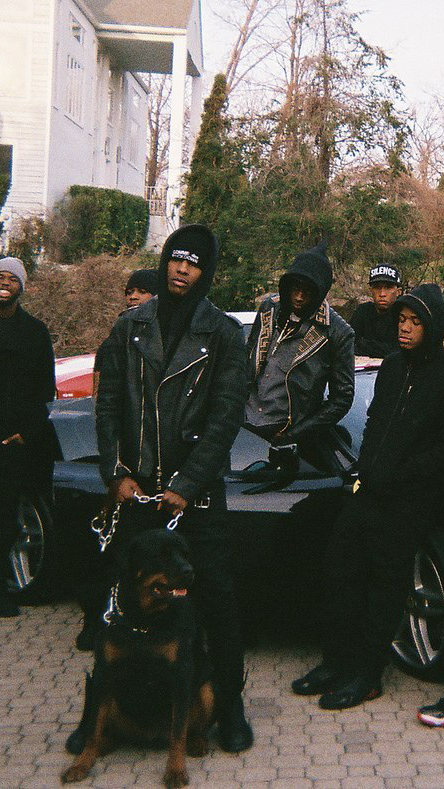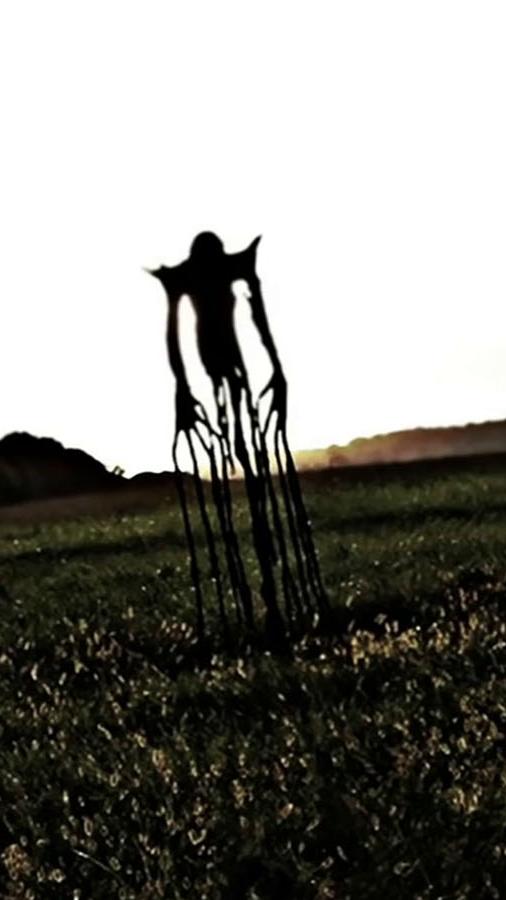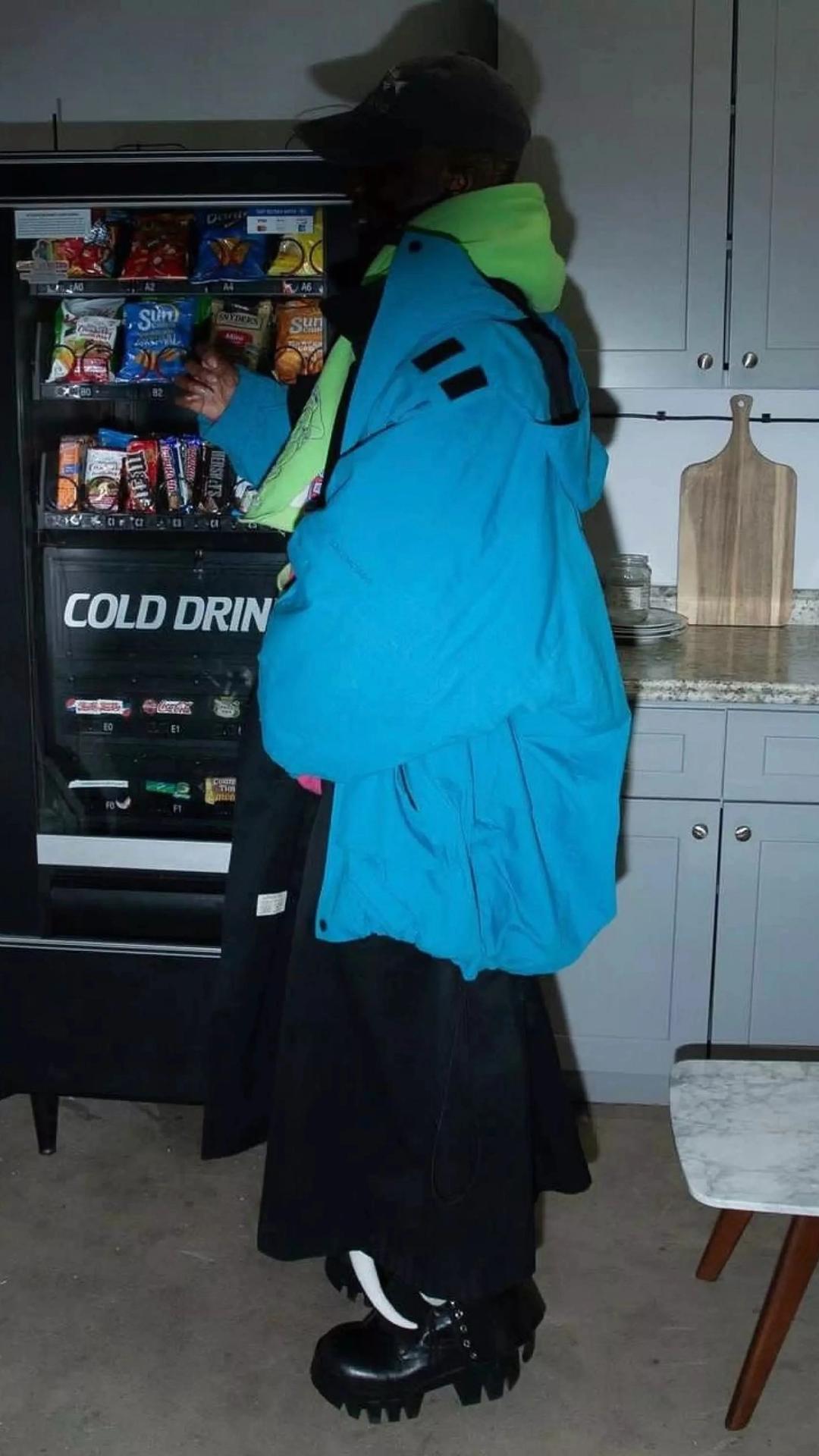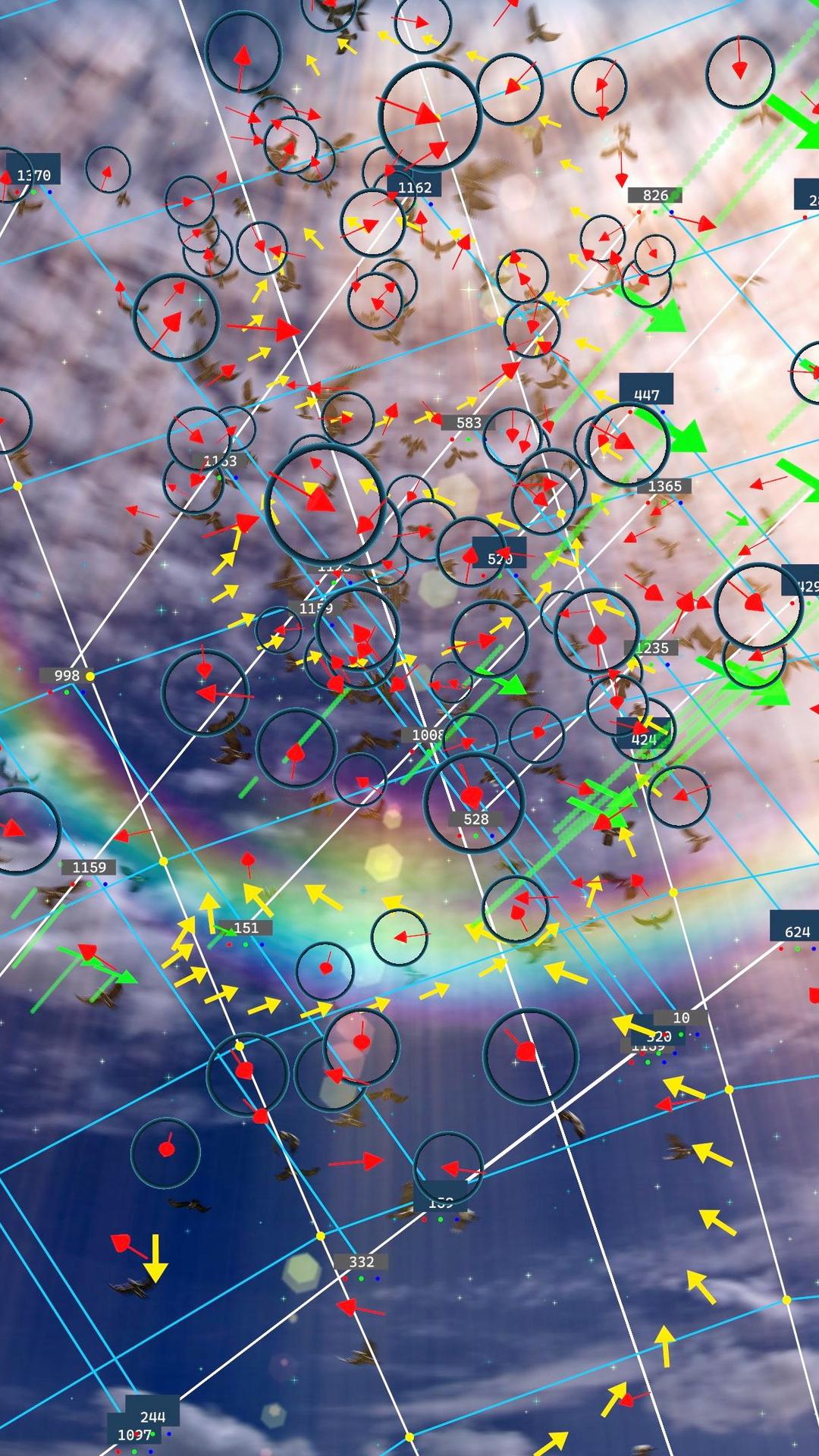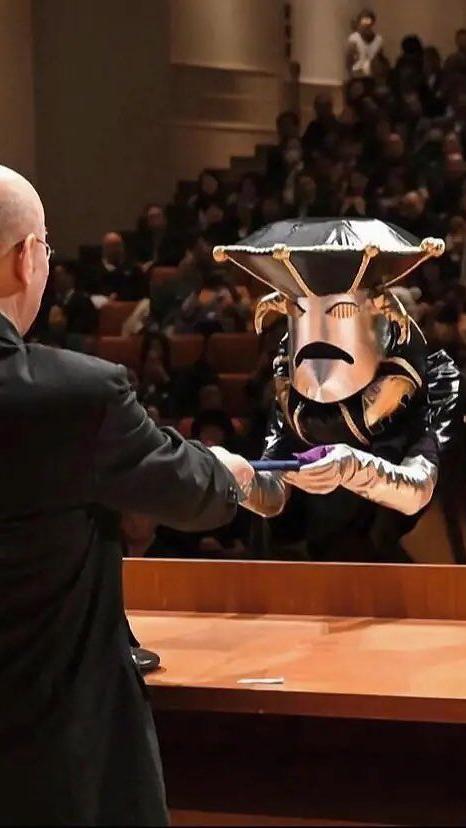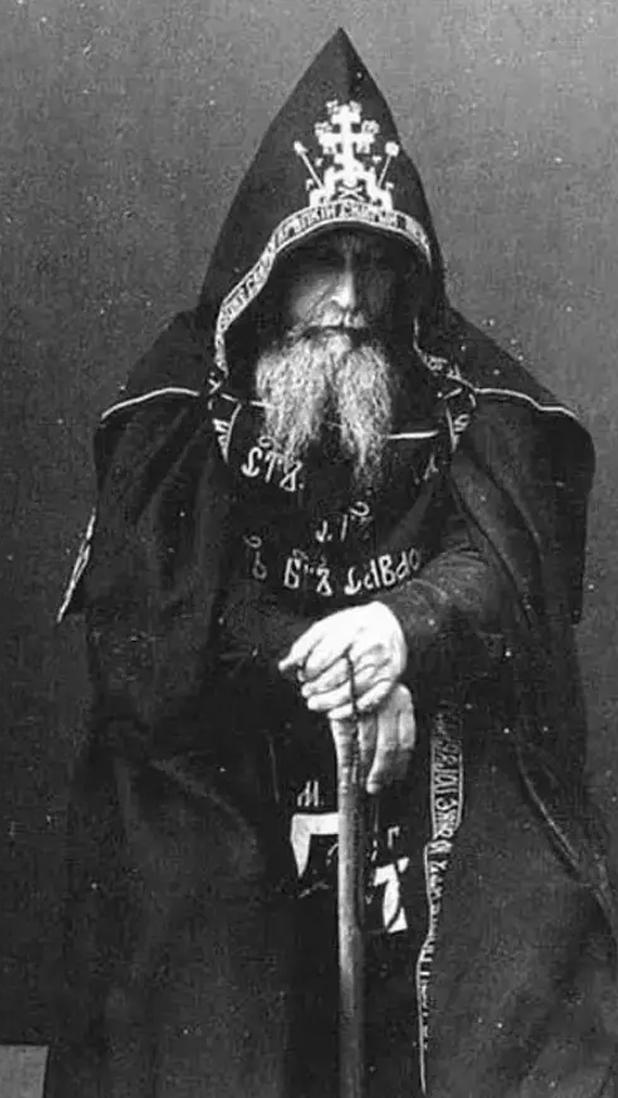The Men Who Believe They're Jesus
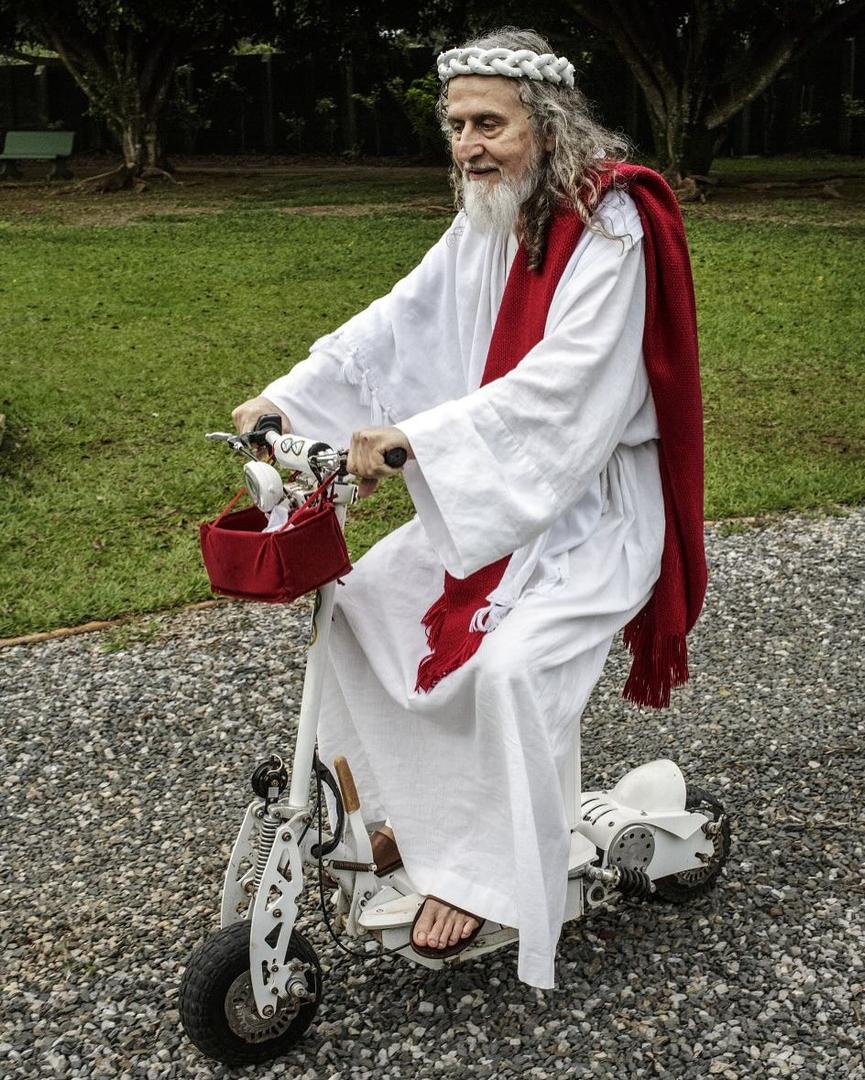
People love to say that we live in End Times. If so, then it’s not illogical to expect Rapture pretty soon here. The Second Coming of Christ is a robustly prophesied event; the New Testament ends with the prediction. And today, around the world, there are a handful of individuals who claim to be fulfilling the prophecy.
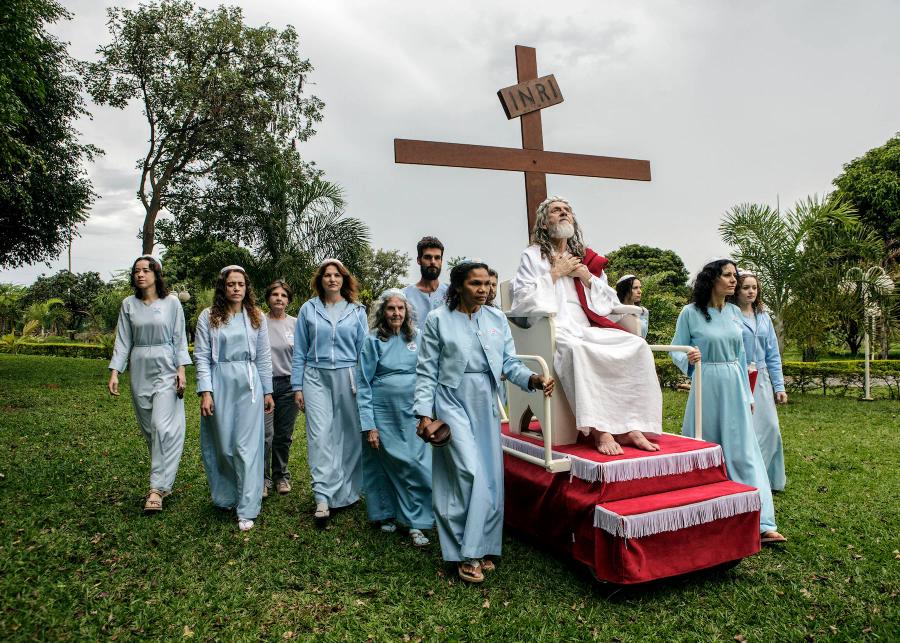
INRI Cristo is wheeled around his compound / © Jonas Bendiksen/Magnum Photos
It’s an audacious claim, easy to dismiss. But Norwegian photographer Jonas Bendiksen, who grew up in what he describes as a ‘godless household’, wasn’t so quick to scoff. Instead, he sought out six men who make the claim, embedding himself in their worlds and photographing their daily ongoings. The result was a 2017 book, The Last Testament.

The “Christ of Siberia” leading his disciples into the community’s innermost and holiest village / © Jonas Bendiksen/Magnum Photos
Selecting the claimants to focus on naturally required some limitations; proclaiming oneself to be Jesus is a relatively common symptom of psychosis. Bendiksen identified individuals whose claims exhibited a consistent revelation, a comprehensive and articulated theology, a track record of maintaining the claim, and Biblical alignment with the prophecy of the Second Coming.

Jesus Matayoshi of Japan / © Jonas Bendiksen/Magnum Photos
He settled on six men: Inri Christo of Brazil; Jesus of Kitwe, Zambia; former M15 agent and whistleblower David Shayler; Jesus Matayoshi of Japan; Moses Hlongwane, the Messiah of South Africa; and Vissarion, the Christ of Siberia.

Moses Hlongwane preaches during a wedding / © Jonas Bendiksen/Magnum Photos
Some claimants, like Inri Christo, Vissarion, and Moses Hlongwane, lived in insulated communities. Inri’s was a compound outside of Brasilia called ‘New Jerusalem’ where he lives with his predominantly women disciples. Vissarion’s was a bit more remote, a settlement called ‘Abode of Dawn’ in the Siberian Taiga. This community still operates even though Vissarion himself was arrested in 2020 and is presumed to still be in Russian custody.

Inri on biking through his compound / © Jonas Bendiksen/Magnum Photos
Others lead lives largely integrated into everyday society. Jesus of Kitwe makes a living as a taxi driver (he would invite us to remember that Christ was a carpenter) and has ‘Lord of Lords’ painted on the side of his Toyota Corolla.

Dolores (David Shayler's femme persona) speaking to the flock / © Jonas Bendiksen/Magnum Photos
Evangelism tactics also differ across the men. Inri, for instance, openly uses Facebook and YouTube to disseminate his word, even doing renditions of popular songs dubbed over with their own lyrics. David Shayler preaches itinerant sermons around the world (he conducted his own ‘Sermon on the Mount’ in 2008 in England) periodically delivered as a feminine alter ego, Dolores Kane, an identity Shayler says gives them a better insight to the female perspective. Jesus Matayoshi of Japan (who died in 2018) embedded his teachings into his political platform, which advocated for national self-sufficiency and disapproved of any immigration.

Jesus of Kitwe proselytizing in a market place / © Jonas Bendiksen/Magnum Photos
One thing many of them have in common is the generation of a third Biblical testament, called a Last Testament or Final Testament or Third Testament. The contents of these volumes differ. Some propose a final reunification of all existing religions. Others outline a program of self-improvement. Bendiksen’s book contains notes on each.
![[object Object]](https://cdn.sanity.io/images/7hyzopih/production/b932a13009d94423705d6436aca8debbbca36006-1280x1600.jpg?auto=format&fit=max&q=75&w=640)
© Jonas Bendiksen/Magnum Photos
Bendiksen is not religious himself, but approached the project with an open mind, fascinated by the forces and mindsets that move individuals to extreme faith. He was interested in investigating the communities surrounding each possible messiah as much as the men making the claim. What he found surprised him. Many of the communities had fewer barriers to entry and exit than he assumed. He was never asked what he thought, or pressured to believe himself. There was more openmindedness and less pressure to conform than an average outsider would assume.
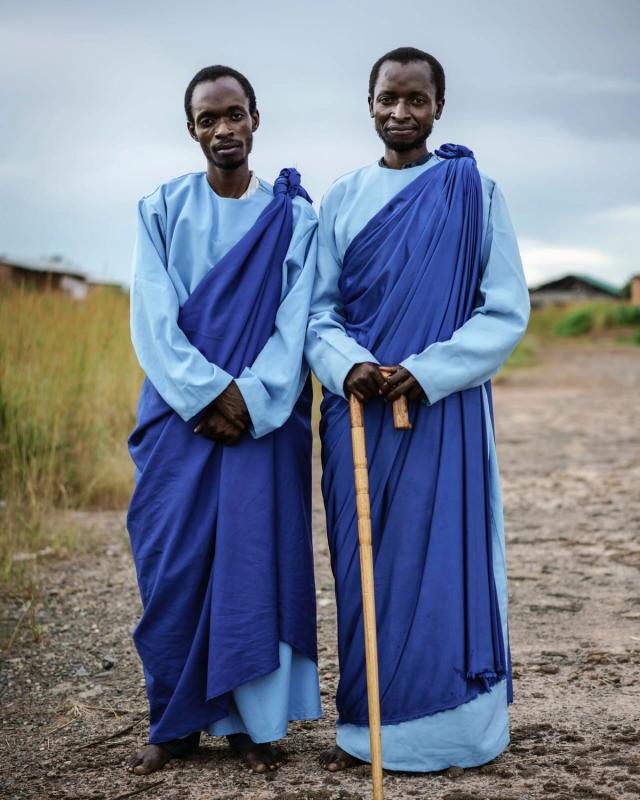
© Jonas Bendiksen/Magnum Photos
Obviously, the power dynamics at play in many of these situations are incredibly problematic. Several claimants, such as Moses Hlongwane and Vissarion, have married disciples. In Vissarion’s case, this was a 19 year old girl who had been living with him since she was 7. Russia locked him up on charges of running an illegal religious organization, but they should probably have locked him up for this.

© Jonas Bendiksen/Magnum Photos
It’s facts like these that make it feel as though these ‘messiahs’ might just be power-hungry guys preying on the widespread desire to be part of a chosen community, to transcend. It is very well possible that these men are evil, not divine.

© Jonas Bendiksen/Magnum Photos
But the larger question of how to determine the legitimacy of a messiah claim is fraught. As Bendiksen points out, there is nothing material that differentiates the faith of these communities from that of mainstream religions; in both cases, an extension of belief is made in the absence of hard evidence. Further, from a thematic perspective, it would make sense that the Second Coming would be relegated to the fringes, recognized by only a few. In our increasingly information fragmented world, it is not only plausible but exceedingly likely that most of us would not hear about the Second Coming if it did happen.

Communal feast during an all-day pilgrimage march for Vissarion's birthday / © Jonas Bendiksen/Magnum Photos
In the end, we all believe in things. For some of us it is a highly institutionalized form of religion that feels more legitimate for its high volume of cash donations. For others, it is a vaguely understood notion of the scientific method. Some believe they have found the next messiah. Is it really so different?
It’s a big ask for any one person or organization to lead us to God, to Truth. Ultimately these are journeys we are responsible for ourselves. That is a hard responsibility to face, and many of us fail in innumerable small ways, even if we are not following a man who claims to be Jesus.







